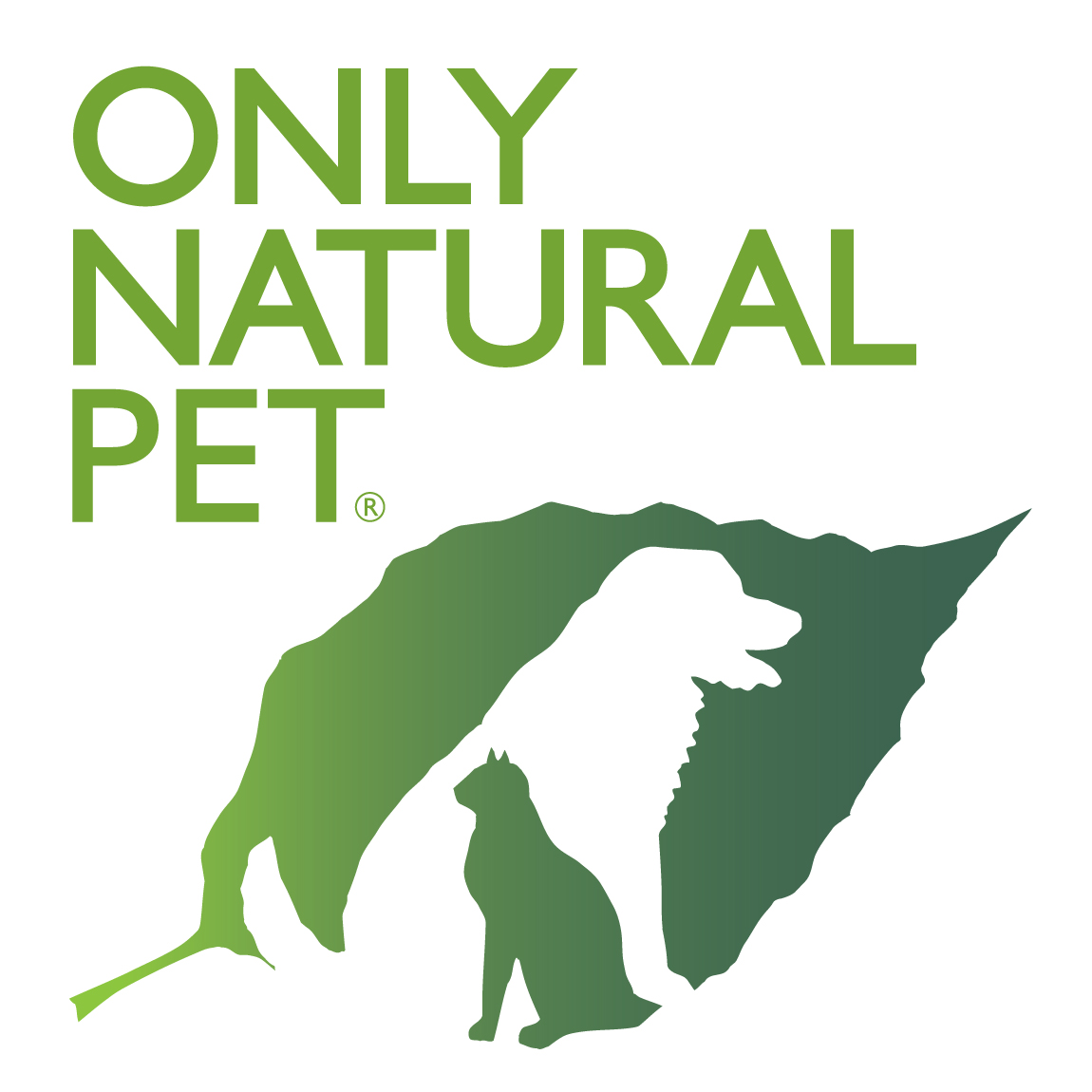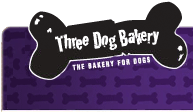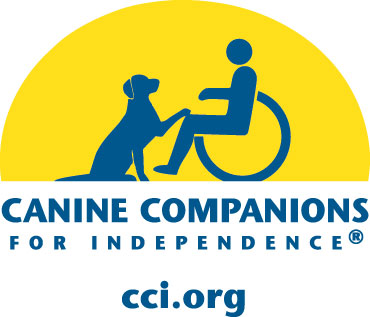How do they make this stuff? (and who are these uninvited guests?)

By now we have covered most of the ingredients found in commercial pet foods, both the good and the bad. We have learned how to read the labels, what to look for, and what to avoid. Even with that it is sometimes difficult to determine whether or not a food is really a good choice for our pets.
While most pet parents want to give their babies what is best for them, it isn't easy to do. If we were to believe all the advertisements and commercials, all we would have to do is pour some commercial kibble in their bowl, give them fresh water, and all will be right in their world.
Nothing could be further from the truth.
Let's look at the processes by which commercial pet foods are made. And what can go wrong.
Most dry kibble is made with a machine called an extruder (or expander). The raw ingredients are blended according to each company's recipes, usually developed by their own animal nutritionists. This blended mix is fed into the expander, then subjected to steam, pressure and high heat as it is extruded through dies that determine the shape and size of the final product. The steam expands and "puffs up"the kibble. The food is allowed to dry, and then usually sprayed with some sort of fat or flavoring to make it more palatable to the pet. A few foods are baked at high temperatures rather than being extruded. This results in more dense, crunchy kibble that is palatable without the need for sprayed on enhancers. Pets can eat about 25% less of these denser baked foods.
Food ingredients are similar for wet, dry and semi-moist foods. Wet or canned foods start with ground ingredients mixed with various additives. Special extruders are used if chunks of any type are to be included. The mixture is cooked and then canned. Some foods are cooked right in the can. The sealed cans are then put into large pressure cooker type containers and are commercially sterilized.
The cooking process kills most of the bacteria present in the food, but drying, fat coating, and packaging processes may reintroduce bacteria so that the food loses its sterility. The cooking process does not get rid of the endotoxins that some bacteria produce as they grow and are released as they die. Mycotoxins may also be present. These are toxins from mold or fungi from improper drying and/or storage of grain crops such as wheat, corn, or soy meal. Most pet food manufacturers do not test for these toxins.
Commercially produced or rendered meat meals and by-product meals often contain animals that have died because of disease, injury or natural causes. Sometimes the deceased animal is not rendered right away, allowing the growth of bacteria such as Salmonella and E. Coli. More than 50% of meat meals are estimated to be contaminated with E. Coli.
Improper food storage and some feeding practices may result in the growth of toxic bacteria.
Adding water or milk to a dry kibble and then leaving it at room temperature causes bacteria to multiply, yet this feeding method is suggested on the packages of some puppy and kitten foods.
While the higher end, super premium foods tend to use much stricter manufacturing methods, contamination can occur even in these. In recent years, vomitoxin and aflatoxin have appeared in a couple well-known premium foods, causing many pets to get sick...and even a few deaths. These cases were caused by mold or fungi from the cereal grains used, not by the manufacturing process of the pet food company itself.
This doesn't leave us feeling particularly confident in any commercial food, does it? Bear in mind that the best super-premium foods do usually have higher standards for their ingredients, avoid the use of cheap "filler"products and cereal grains, stricter controls over their manufacturing processes, and more thorough testing of the raw ingredients going into the food, as well as the finished products. As always, read your labels and, if you have any doubts, research the company that produces the food to see if there have been any problems in the past or what methods they use in their production process.
Next time we will take a look at the nutrient value of commercial food. Regardless of how good the raw ingredients going into a food are, if all the nutrients are cooked out of them......
Well, you get the idea.









































No comments:
Post a Comment